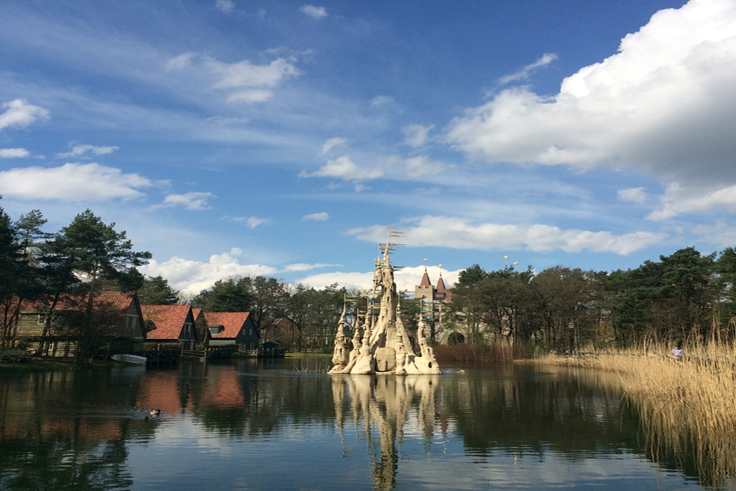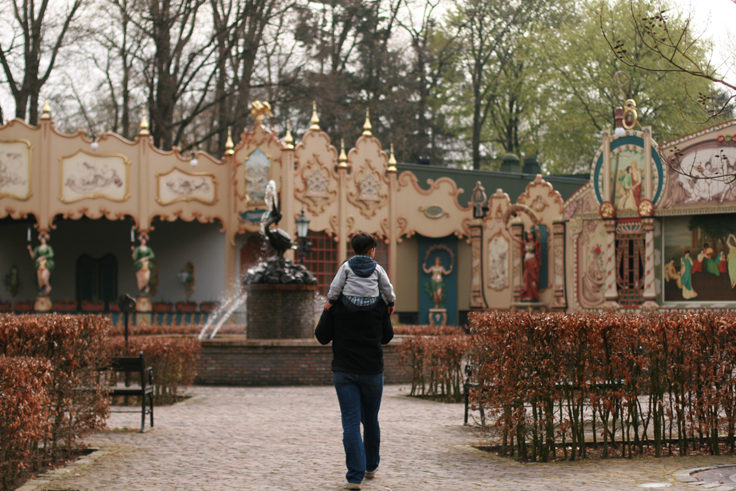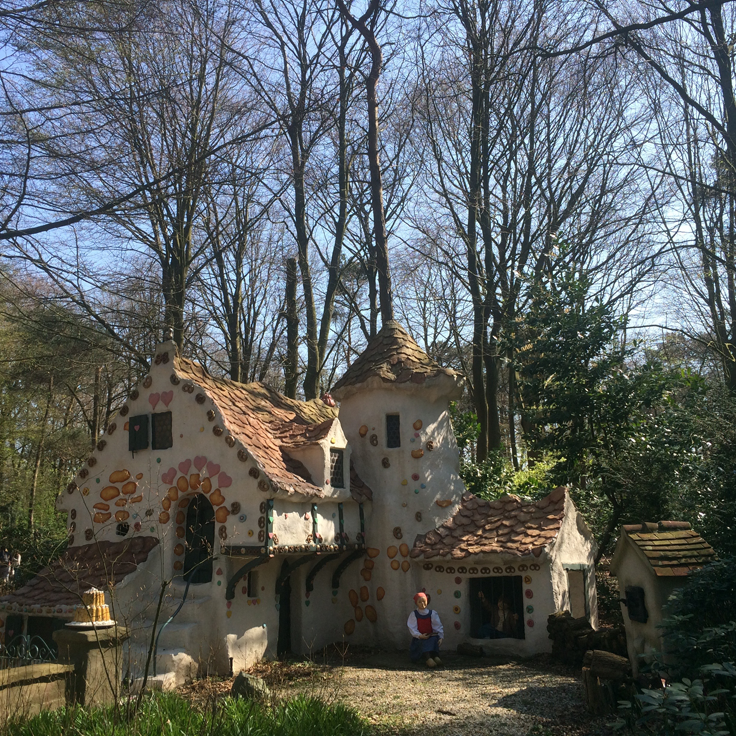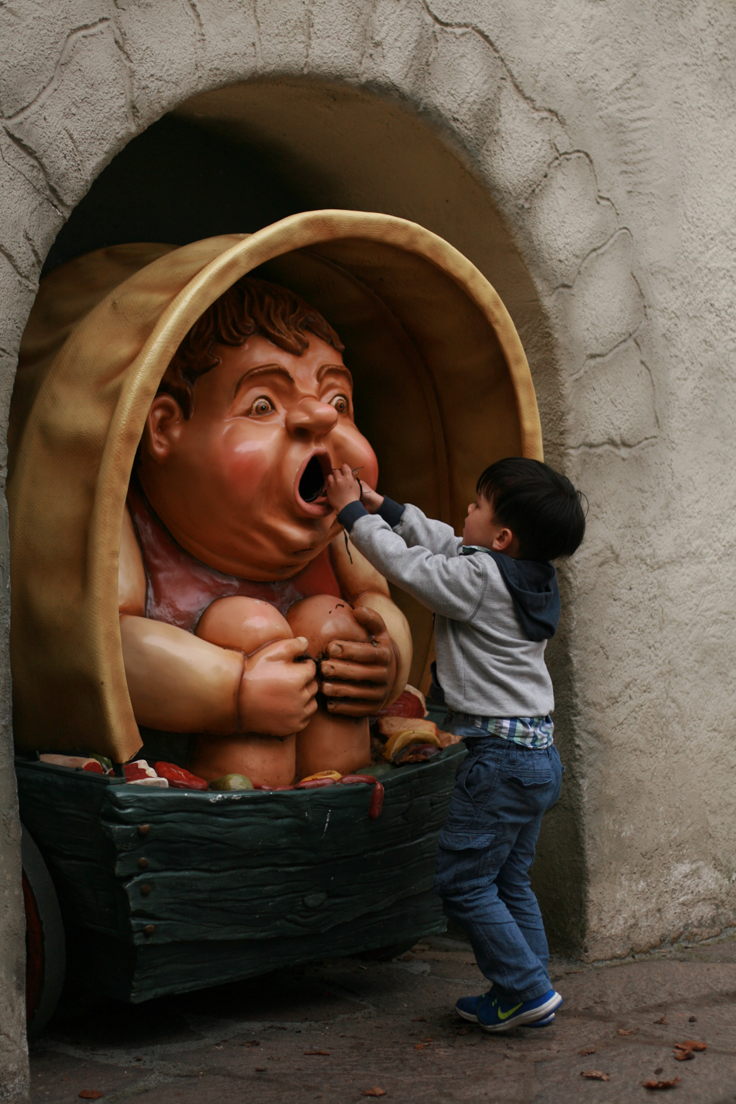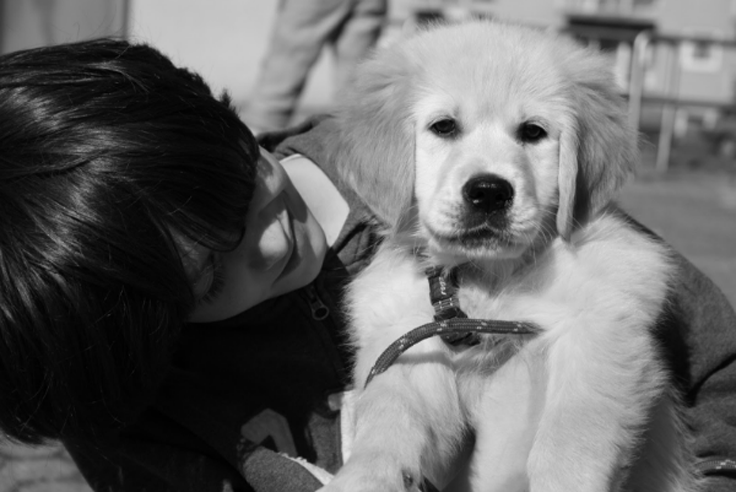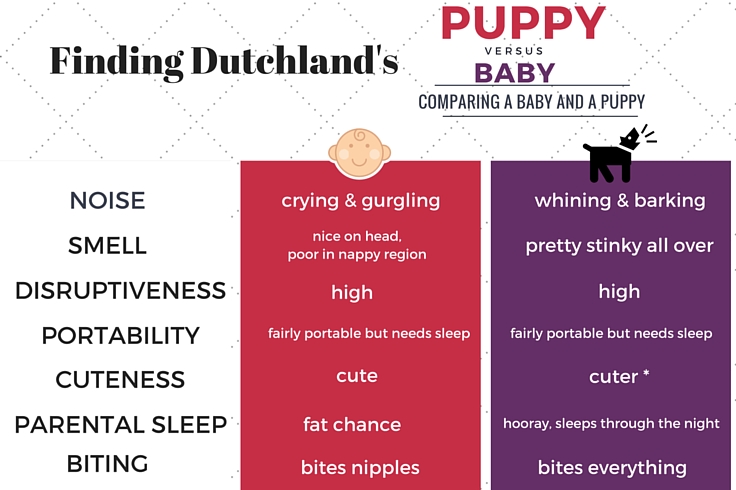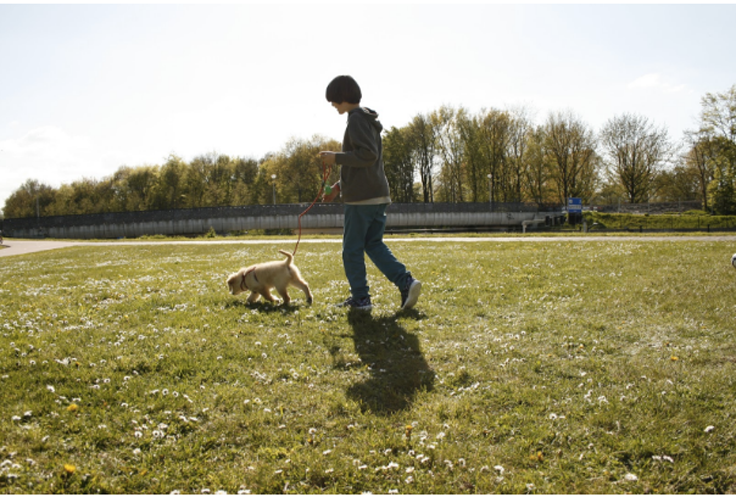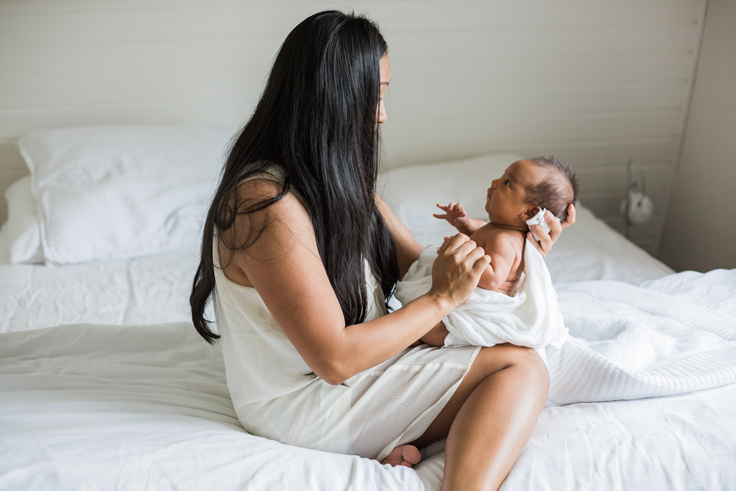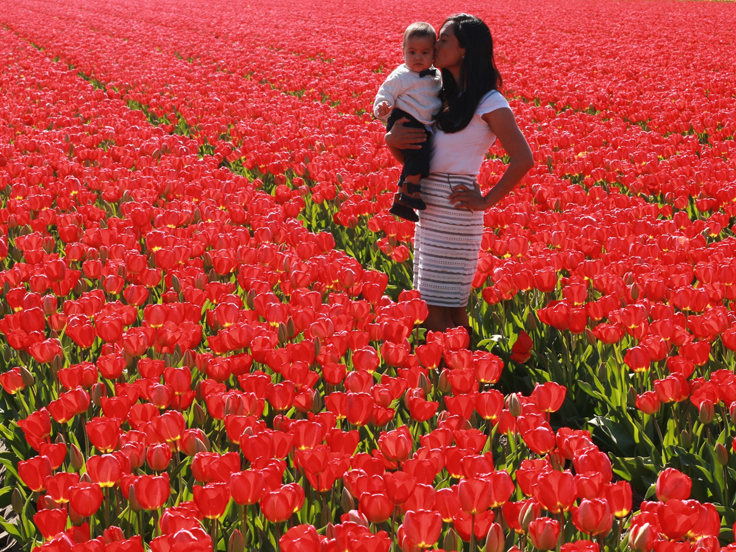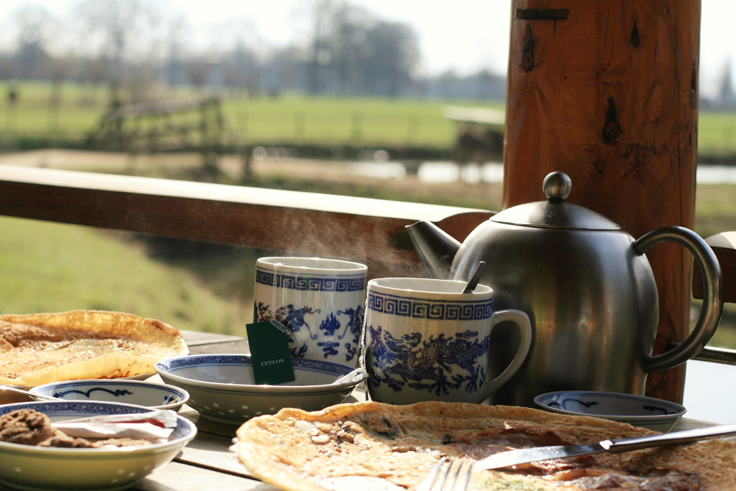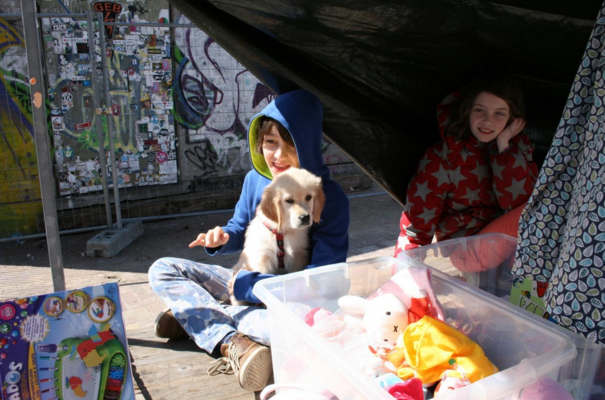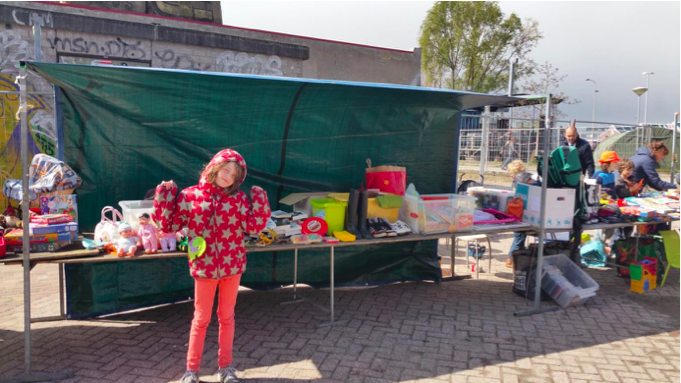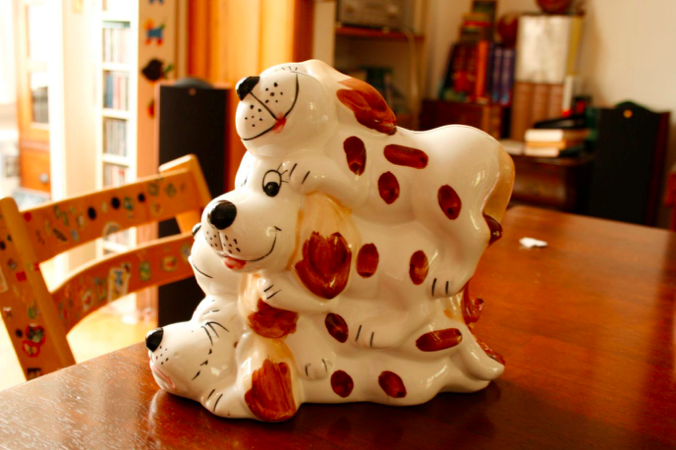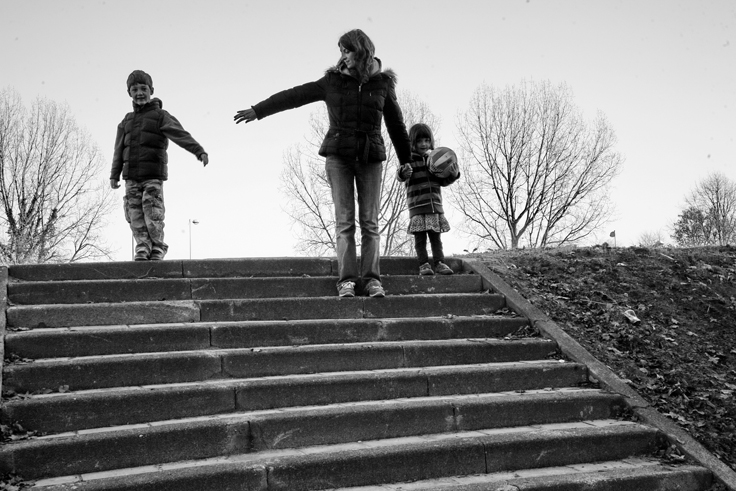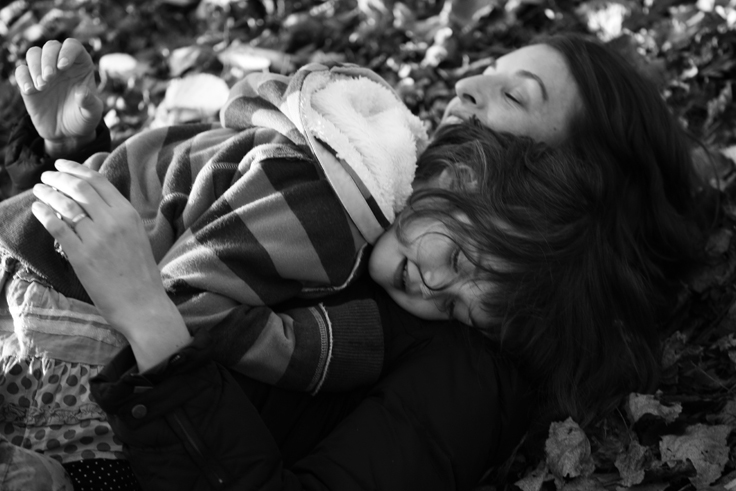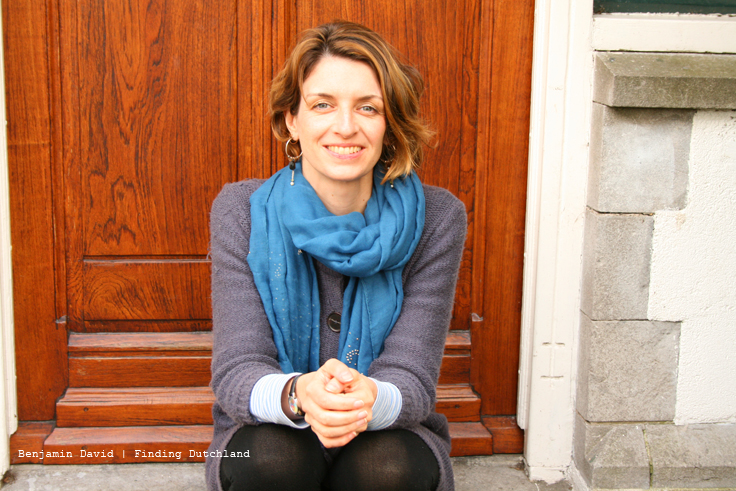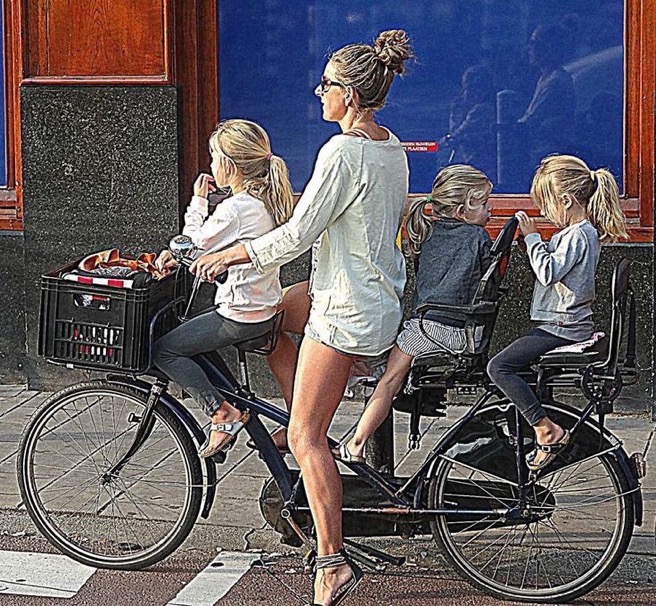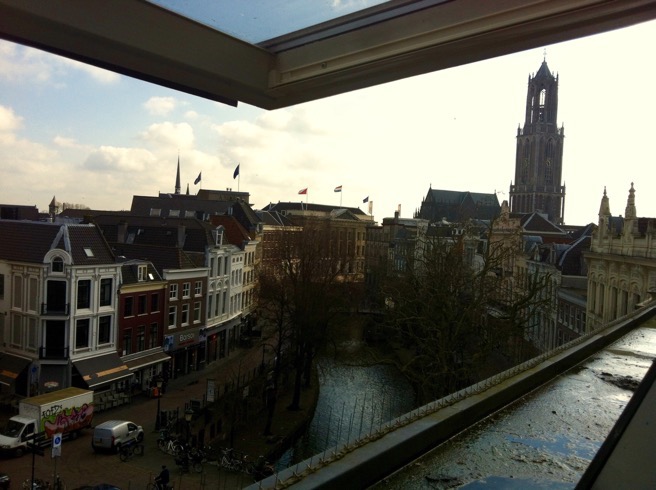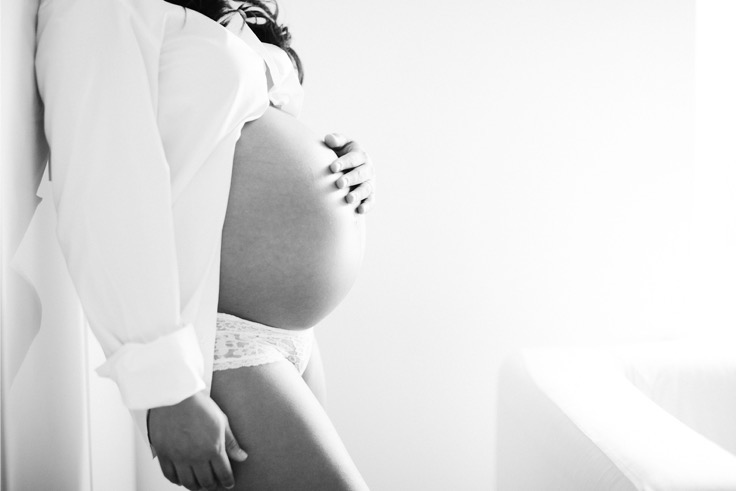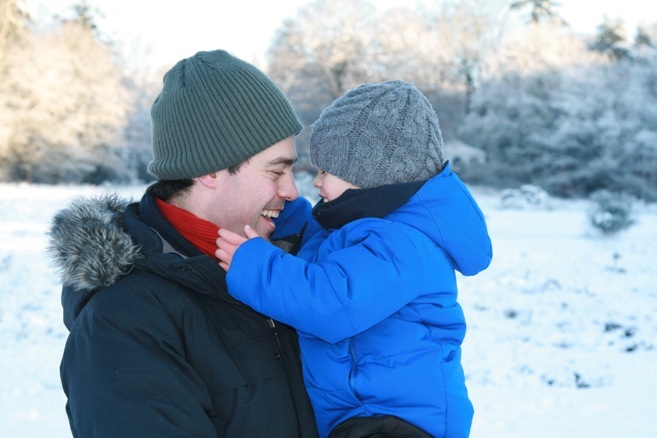For my son’s fourth birthday celebration, we decided to celebrate it at the Efteling in lieu of a party. We would spend two nights and three days at the Efteling Village Bosrijk, a holiday village that is part of the amusement park. We wanted something memorable, easy, convenient, that required absolutely no planning, or creativity on our parts. (Read = exhausted expat parents).
The Efteling is the Dutch version of Disneyland – a theme park dedicated to classic fairytales, rollercoasters, water rides and other attractions. But in reality, the Efteling is actually the original family-oriented theme park established in 1952. Whispers abound that Walt Disney himself happily took notes and inspiration from the Efteling to create Anaheim’s Disneyland three years later (not true).
Though I haven’t visited any of Disney theme parks with my boys, it’s not hard for me to recollect the memories from my childhood of beloved rides – It’s a Small World, Mad Tea Party, the Matterhorn, and Pirates of the Caribbean. And of course, Disney Grad Night when my entire high school class flew down to Los Angeles to party with thousands of other graduating seniors from 12:00 A.M. till 7:00 A.M. So when I begrudgingly agreed to go (I had an irrational “loyalty” to Disney), I was quite surprised with just how refreshingly magical the Efteling was.
From an American perspective, I’m convinced it’s one of the best kept secrets of the Netherlands (What American has actually heard of the Efteling?). I’m actually so enamoured with my Efteling experience that I wished Disneyland would take some notes from this Dutch staple. In particular, these are the things that Disneyland can learn from the Efteling:
It’s gezellig (Old-fashion charm)
To appreciate the old-fashioned charm of the Efteling, you need to learn about the Dutch concept of gezelligheid. It’s pronounced with a guttural g as if you’re clearing your throat: heh-zel-ick-hide. Gezelligheid is an untranslatable word that encompasses the feelings of warmth, love, coziness, and belonging. Imagine drinking a cup of hot chocolate milk by the fireside when it’s freezing outside, or waking up to homemade pancakes for Sunday brunch. The Efteling feels like it’s straight out of a Normal Rockwell painting – good old-fashioned charm and nostalgia centered around family values and children. It not only looks old-fashioned (circa 1950s time warp), but it also feels as if time stood still. It’s essentially a beautifully manicured garden with thousands of flowers, with every single detail meant to make you feel at home right away.
Unadulterated Fairytales
At the heart of the Efteling is the Fairy Tale Forest, a 12-acre maze of interactive, beautifully designed dioramas designed by illustrator and painter Anton Pieck and engineered by film director Peter Reijnders. The twenty-five dioramas are based on unadulterated fairy tales from the Grimm brothers, Hans Christian Anderson and Charles Perrault. Think of it as what you get if Tim Burton and Pixar Animation Studios collaborated together and created something refreshingly authentic based on tales of yore. I loved seeing old-school fairy tales come to life through the eyes of my toddler – Little Red Riding Hood, Pinocchio, Sleeping Beauty, Cinderella, Snow White and the Seven Dwarfs, Fairies, The Emperor’s New Clothes, etc. (And it worked – he’s now really into being read fairytales before bed).
Affordability
Efteling tickets are quite affordable – starting at € 35 for a day pass, not at $100 like some other places. And knowing the Dutch love affair of a good bargain, there are often discounts available at local grocery stores at certain times a year and online. It’s wonderful how the Efteling theme park is generally accessible to the middle-class without the fear of going broke. An added bonus: not only are you allowed to bring your own food and drinks, but there are plenty of picnic tables and benches scattered around to enjoy.
A Considerably Less Commercial Experience
It’s quite a relief that the Efteling is a considerably much less commercial experience – not an endless landmine of temptation, heartache, disappointments, and negotiating with exhausted and overstimulated children. I could only recall two gift shops – one at the entrance and one midway – selling reasonably priced souvenirs, and tastefully incorporated within the backdrop. The focus is on the experience and memories made at the Efteling, not the illusion of purchasing “happiness” though prohibitively expensive movie-tie-in paraphernalia.
BONUS Holle Bolle Gijs – A Talking Bin
Holle Bolle Gijs is a talking trash bin that yells out “Papier hier, papier hier ” (paper here, paper here) over and over again to the amusement and pure joy of toddlers and adults alike. When something is placed in the bin, Holle Bolle Gijs says Thank-you in different languages, or “Dat’s lekker” (that’s delicious). No wonder the Efteling is incredibly immaculate – they’ve ingeniously “tricked” all the little children to collect rubbish to place in Holle Bolle Gijs mouth. Suffice to say, our four year old spent considerable time making sure that Holle Bolle Gijs was well-fed.

